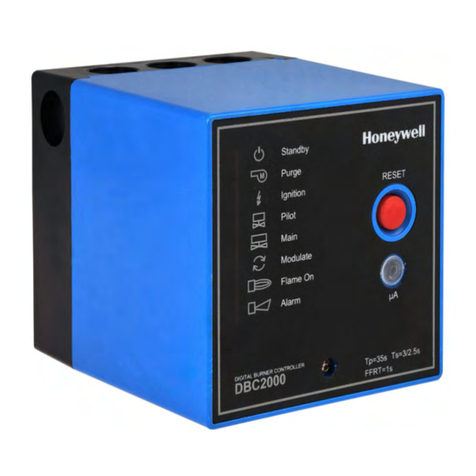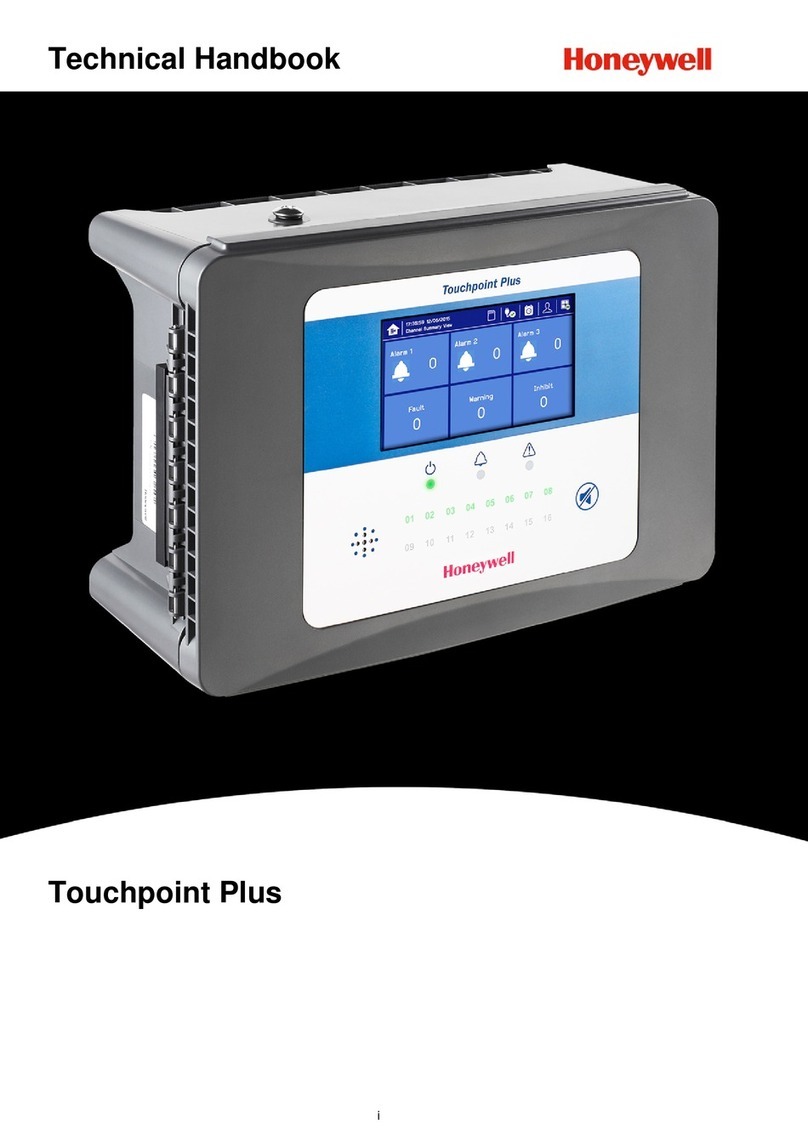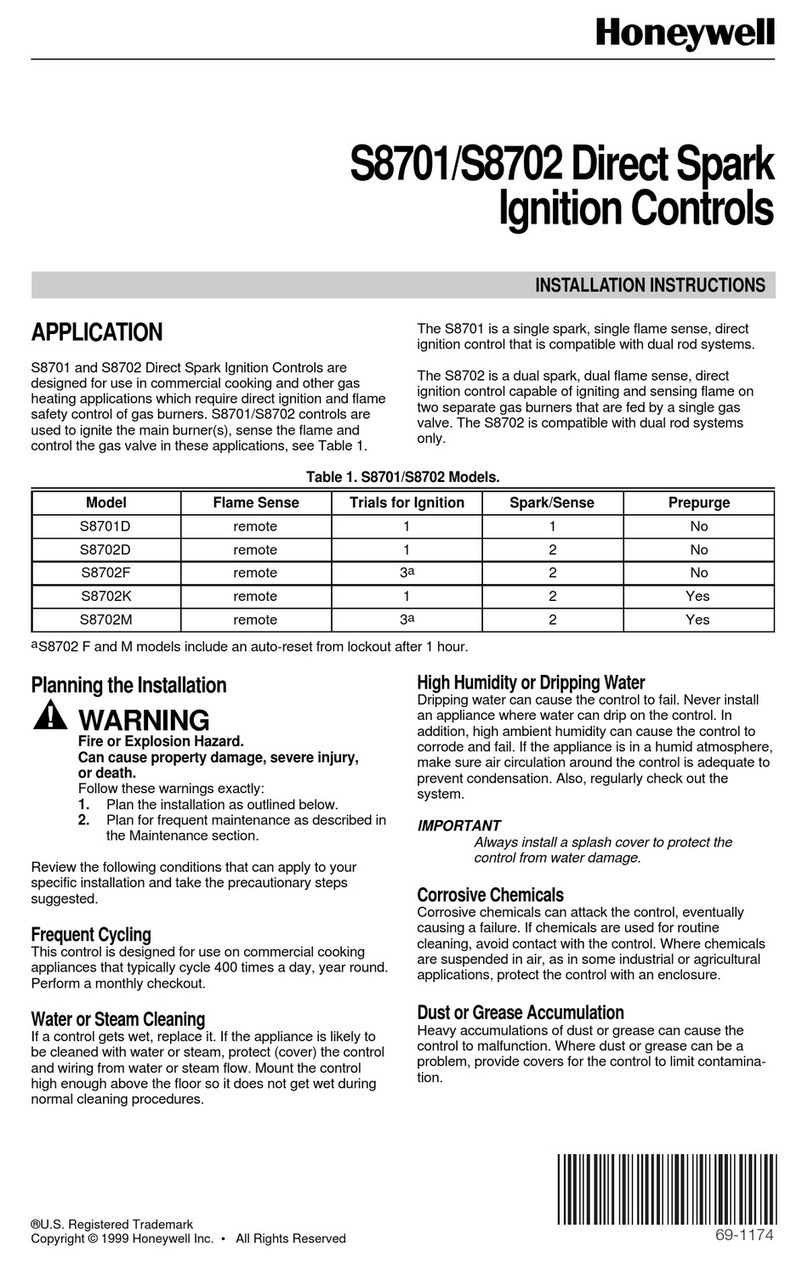Honeywell H112 User manual
Other Honeywell Controllers manuals

Honeywell
Honeywell HCU 23 User manual

Honeywell
Honeywell T775R 2000 Series User manual
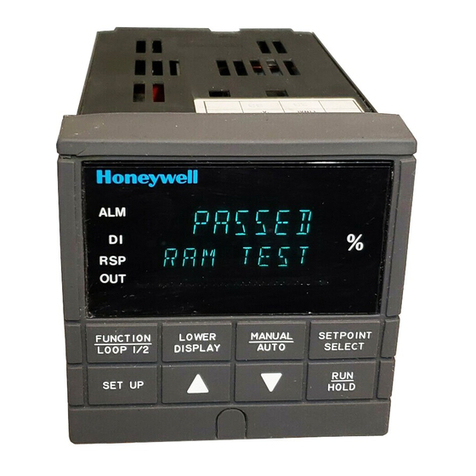
Honeywell
Honeywell UDC3300 User manual

Honeywell
Honeywell MN7220 Operation manual
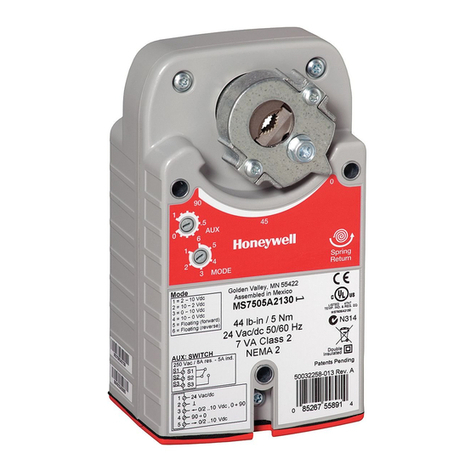
Honeywell
Honeywell 3 Nm Series User manual
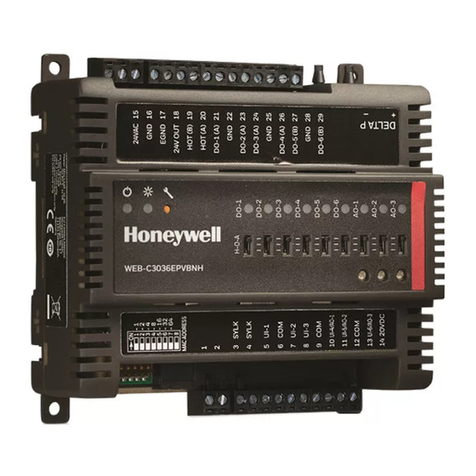
Honeywell
Honeywell CIPer 30 Operating instructions
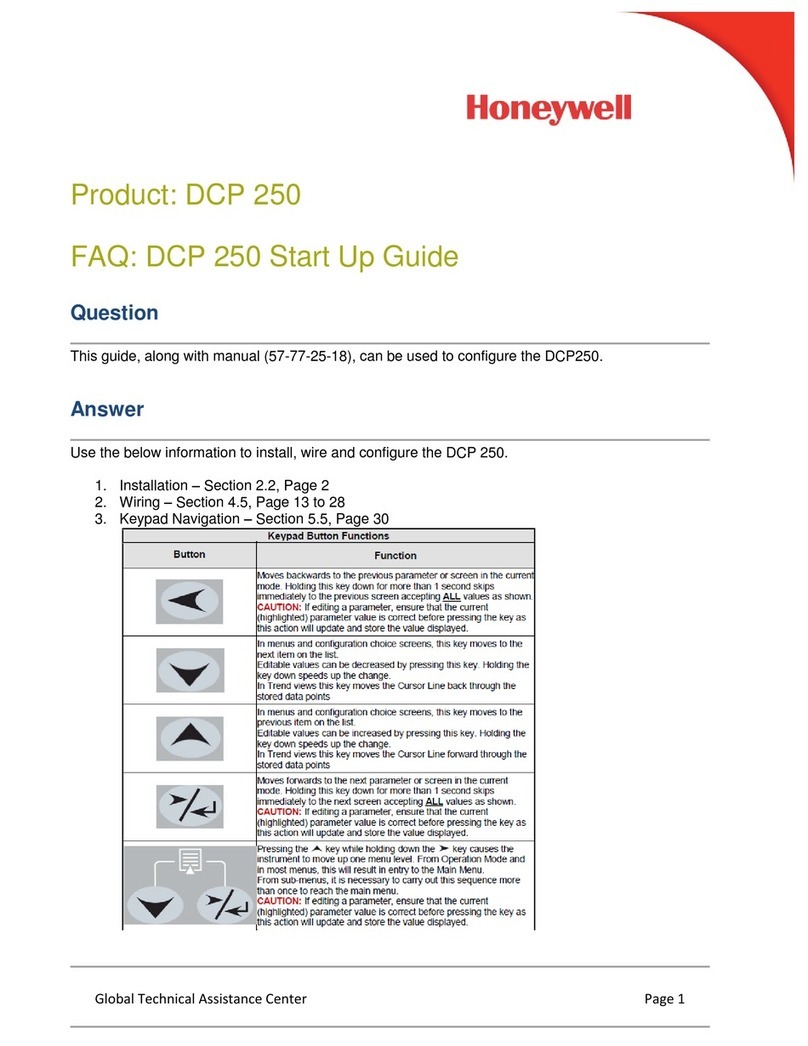
Honeywell
Honeywell DCP 250 Installation guide
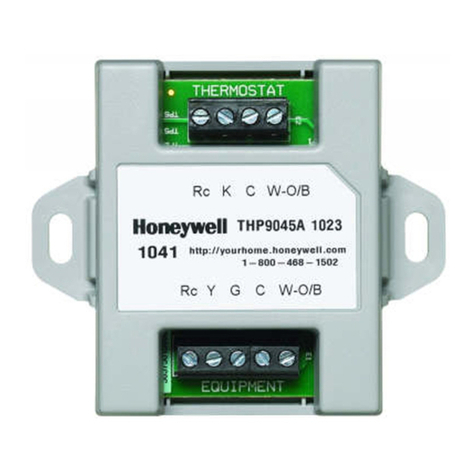
Honeywell
Honeywell THP9045A User manual
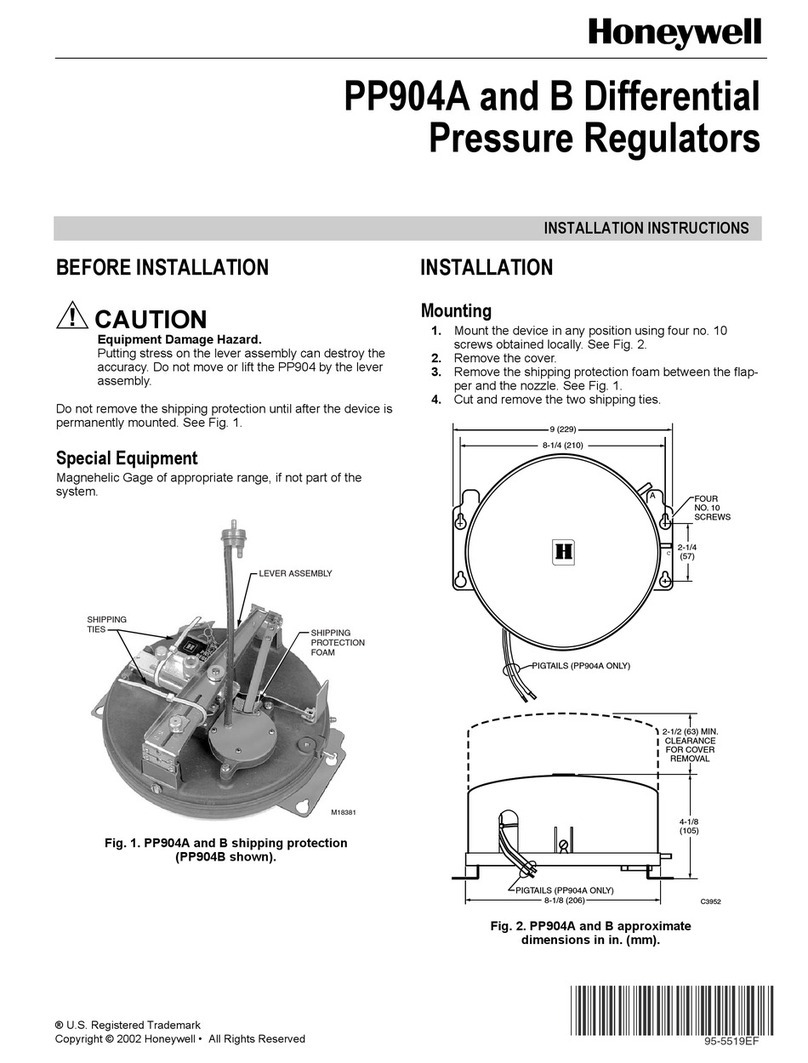
Honeywell
Honeywell PP904A User manual
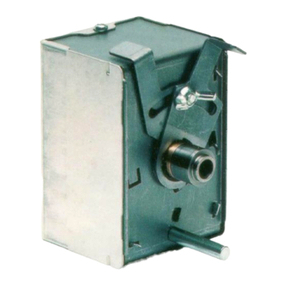
Honeywell
Honeywell M847D User manual

Honeywell
Honeywell AQS51-KAM Operation manual
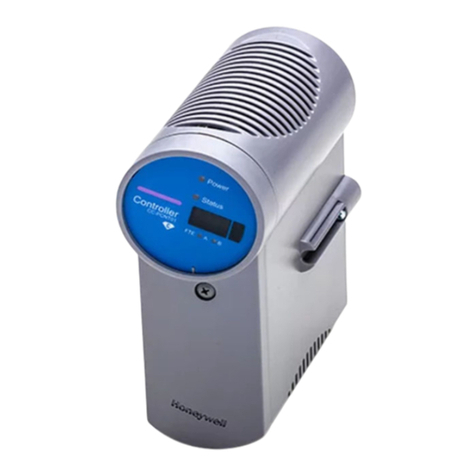
Honeywell
Honeywell Experion 8 Series Manual
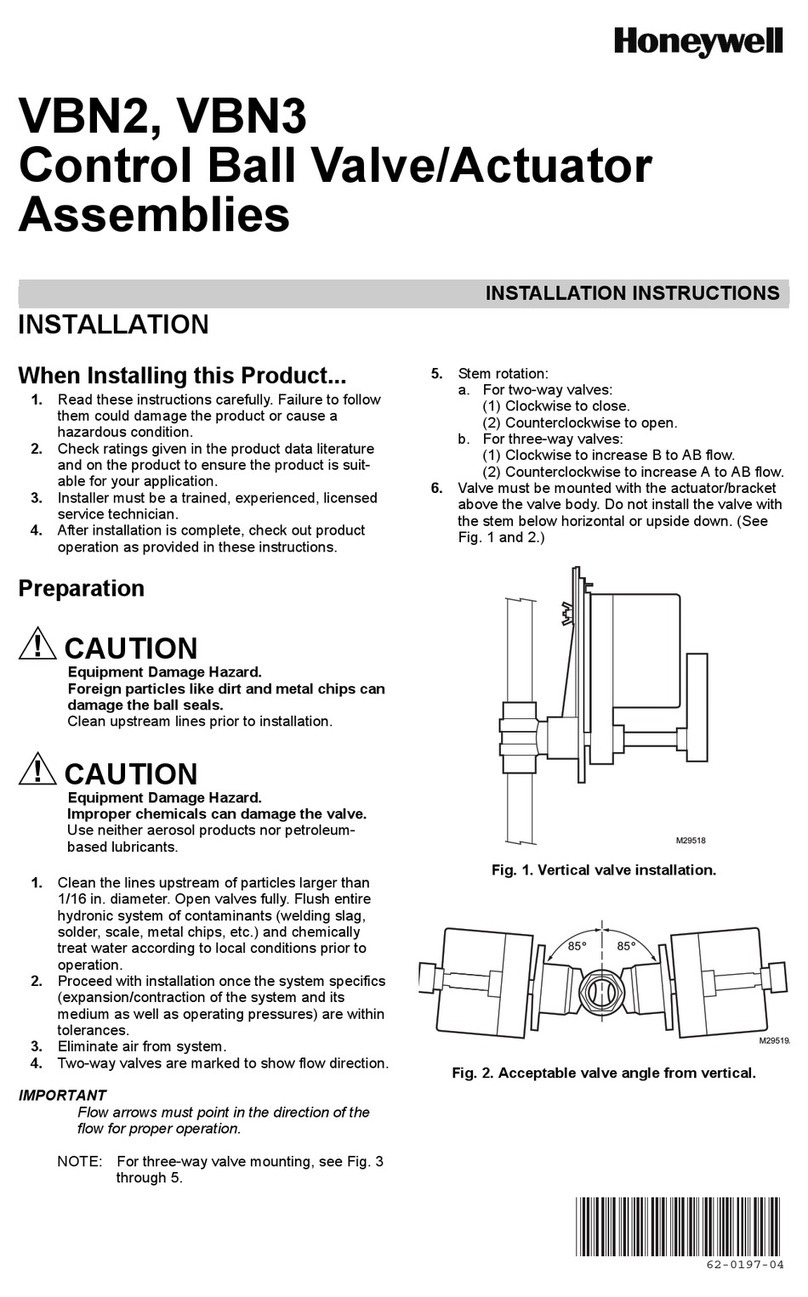
Honeywell
Honeywell VBN2 User manual
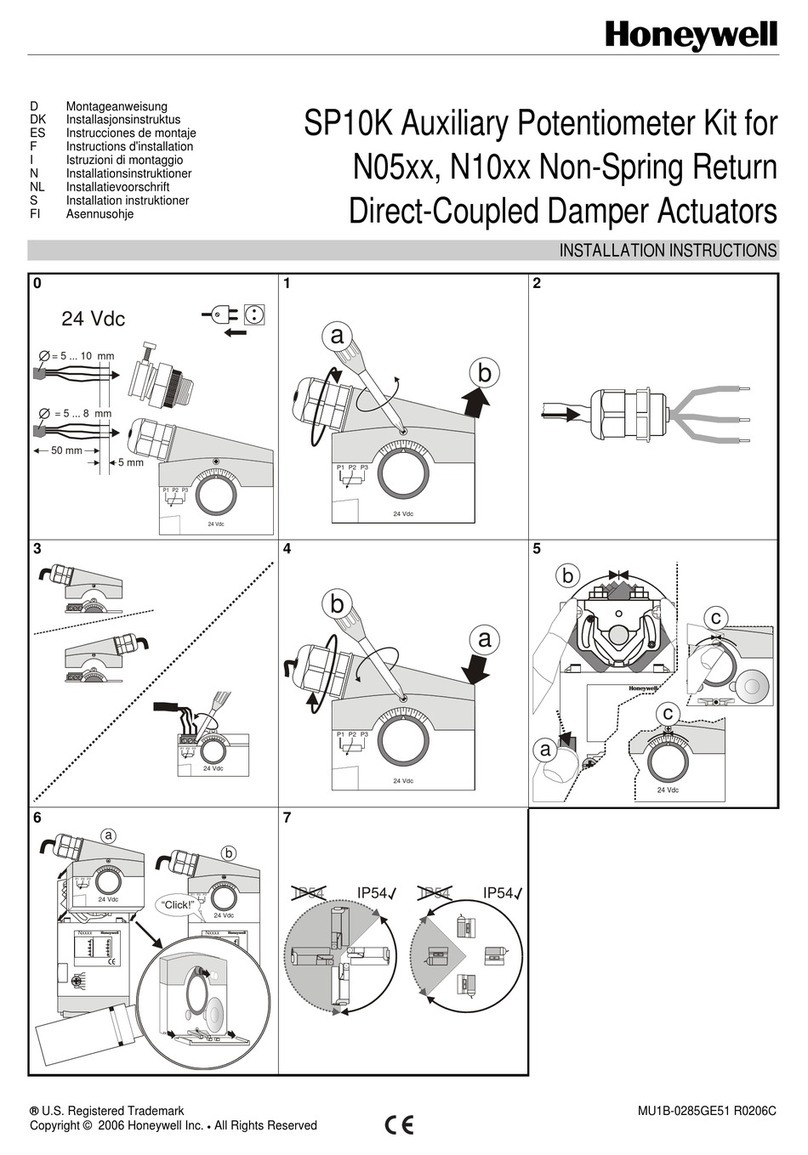
Honeywell
Honeywell SP10K User manual
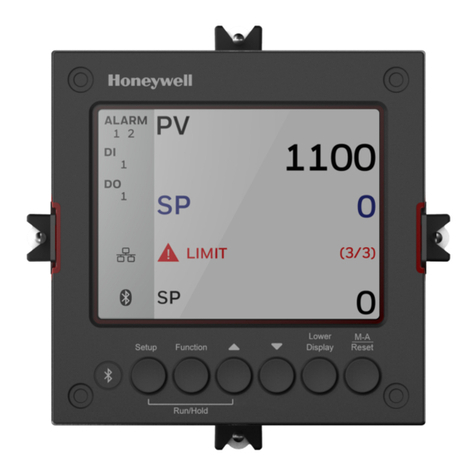
Honeywell
Honeywell UDC2800 User manual
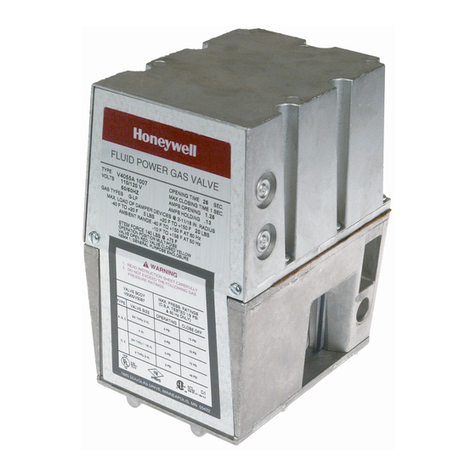
Honeywell
Honeywell V4055A User manual
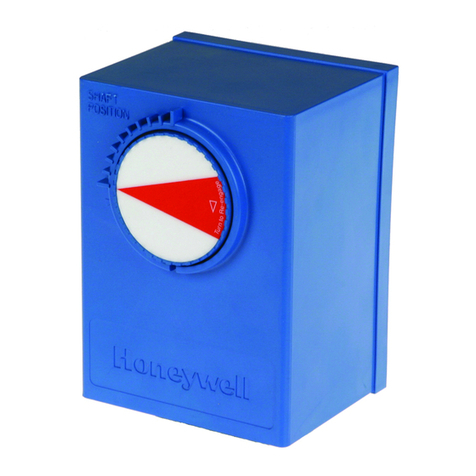
Honeywell
Honeywell ML7999A Operation manual
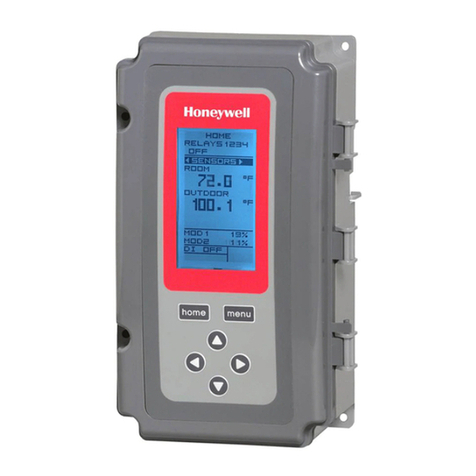
Honeywell
Honeywell T775L Series User manual

Honeywell
Honeywell Ex-Or MSM2000D Installation and operation manual

Honeywell
Honeywell 191238-ZCS Operation manual
Popular Controllers manuals by other brands

Digiplex
Digiplex DGP-848 Programming guide

YASKAWA
YASKAWA SGM series user manual

Sinope
Sinope Calypso RM3500ZB installation guide

Isimet
Isimet DLA Series Style 2 Installation, Operations, Start-up and Maintenance Instructions

LSIS
LSIS sv-ip5a user manual

Airflow
Airflow Uno hab Installation and operating instructions
